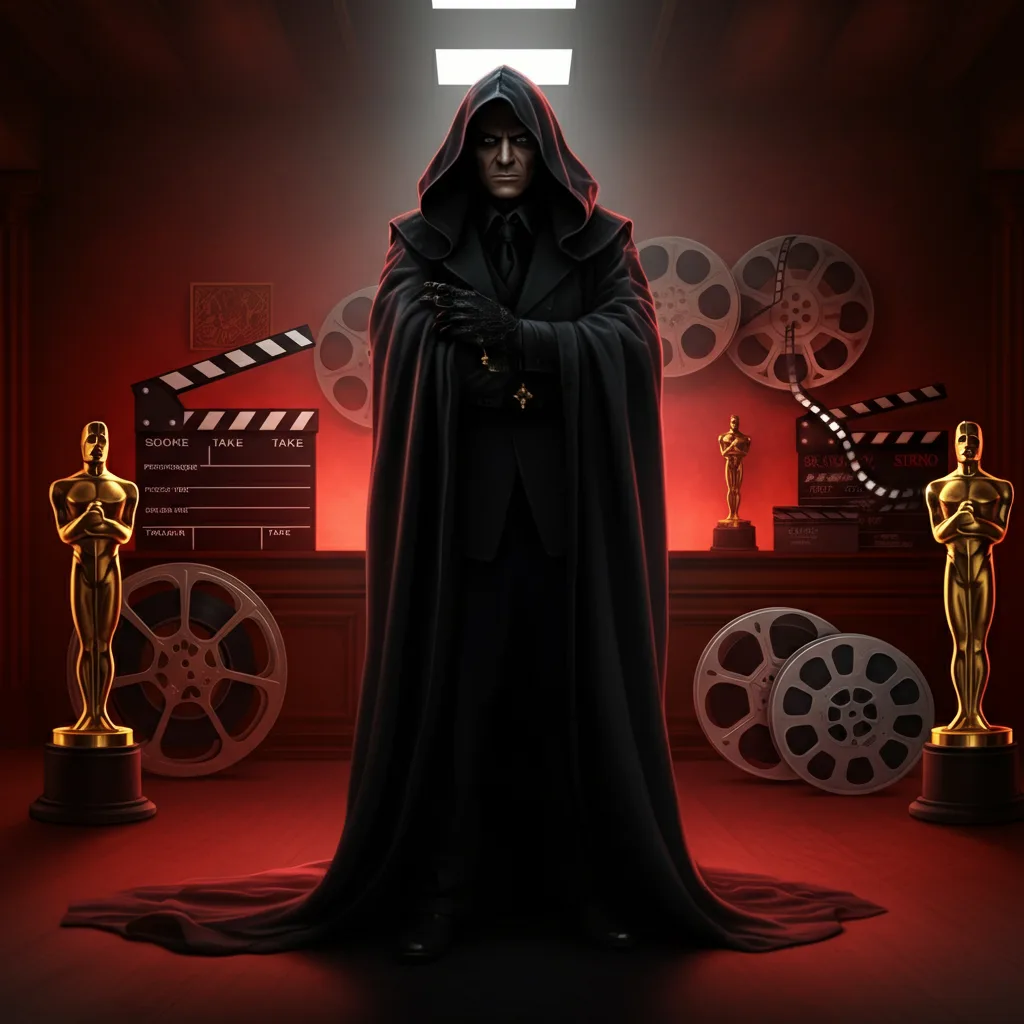Villains have always been one of the most compelling elements of movies. From the calculating coolness of Hannibal Lecter to the erratic chaos of the Joker, these characters have an undeniable allure that often leaves audiences captivated. On the surface, villains are meant to be hated, to evoke disdain and justify the hero’s triumph. But the truth is, we don’t just dislike movie villains—we love them.
What drives this paradoxical attraction to characters that are supposed to be loathsome? The answer lies in psychology. By understanding the mental frameworks that make villains so fascinating, we can better appreciate their impact on storytelling and why they linger in our minds long after the credits roll.
What Makes a Villain Captivating
They Embody Our Fears
At their core, villains often personify our deepest fears. Whether it’s the oppressive power of authoritarian regimes like the Empire in Star Wars or the brutal unpredictability of a killer like Anton Chigurh in No Country for Old Men, villains tap into primal concerns about safety, morality, and justice. By portraying these fears in a controlled setting, movies allow us to confront them without actual danger, making the experience both thrilling and cathartic.
They Are Relatable (Sometimes Uncomfortably)
One surprising aspect of great villains is how relatable they can be. Take Killmonger from Black Panther: his motivations stem from genuine grievances about systemic injustice. While his methods may be extreme, his goals resonate with many viewers. This relatability adds complexity to villains, making them more than one-dimensional bad guys. Deep down, we might ask ourselves, “Under similar circumstances, could I become like them?”
They Challenge the Hero
A hero is only as strong as the villain who opposes them. Batman, for instance, wouldn’t be nearly as interesting without the Joker forcing him to make impossible ethical choices. Villains serve as catalysts for the hero’s growth and moral struggle. Their ability to create tension and conflict is what keeps us glued to our seats.
They Possess Charismatic Traits
Many villains are portrayed with qualities that demand our attention. Whether it’s Loki’s charm, Darth Vader’s commanding presence, or Miranda Priestly’s icy sophistication, these characters captivate because they exude confidence, intelligence, or wit. Even when their actions are deplorable, their charisma draws us in, making it hard to completely root against them.
Why We Love to Hate Movie Villains
Catharsis Through Conflict
Watching a villain face off against a hero provides emotional release. We project our frustrations or fears onto these antagonists and experience satisfaction when they’re defeated. It’s a safe way to deal with life’s unresolved tensions and problems.
Moral Exploration
Villains allow stories to explore moral gray areas. They bring up difficult questions about right and wrong, justice, and sacrifice. In doing so, they challenge our perspectives and provoke thoughtful discussion long after the movie ends. For example, Thanos from Avengers Endgame presents an argument for his genocidal plan that, while horrifying, has a twisted logic to it. Love them or hate them, villains get us thinking.
They Get the Best Lines
Villains often have the most memorable dialogue. Lines like “I’ll be back” (Terminator), “Why so serious?” (The Joker), or even Hans Gruber’s witty remarks in Die Hard showcase their cleverness and make them unforgettable. Their sharp words and biting comebacks are endlessly quotable, adding to their appeal.
Forbidden Fascination
Human brains are naturally drawn to the forbidden. Villains live outside societal norms, doing and saying things many of us would never dare. This rebellious streak intrigues us because it represents an escape from the chains of conformity. While we don’t condone their actions, we can’t help but wonder what it would be like to live without constraints—even if only for the length of a movie.
Iconic Villains and Their Psychological Appeal
The Joker (The Dark Knight)
The Joker is chaos personified. He has no clear agenda other than to disrupt order and prove that everyone is capable of losing their morality. While terrifying, his actions force viewers to contemplate the fragility of social structures and the human psyche.
Hannibal Lecter (The Silence of the Lambs)
Hannibal Lecter is a perfect example of what happens when intellect and evil combine. His chilling demeanor and manipulative brilliance make audiences both fearful and in awe of his capabilities. Despite knowing what he’s capable of, we find ourselves utterly fascinated by his conversations with Clarice.
Maleficent (Sleeping Beauty / Maleficent)
Originally a symbol of pure evil in Sleeping Beauty, Maleficent was reimagined as a tragic figure in Maleficent. Her story reveals layers of heartbreak and betrayal, adding depth to her character and making her an anti-hero worth sympathizing with.
Lord Voldemort (Harry Potter)
Voldemort’s fall from humanity to malevolence serves as a cautionary tale of unchecked ambition and the desire for immortality. His trajectory is unsettling yet intriguing, reminding us of the dangers of losing our moral compass.
Exploring Villains Through Contemporary Media
Modern interpretations of villains have taken on more nuanced forms. Movies, shows, and even platforms like SSRMovies explore the complexity behind these characters, challenging traditional good vs. evil tropes. Villains are no longer just obstacles for heroes to overcome; they’re crucial narrative drivers deserving exploration in their own right.
What Villains Teach Us About Ourselves
Villains are mirrors. They reflect our fears, desires, and the potential for both darkness and light within us. By forcing us to confront these aspects in a safe, fictional world, they give us the tools to better understand ourselves and navigate our reality.
Next time you find yourself drawn to a villain on screen, take a moment to ask why. What does their story say about human nature? What can you learn from their choices, whether good or bad?
Characters who challenge our perspectives and emotions are a gift, reminding us that storytelling is not about simplicity—but about complexity.

